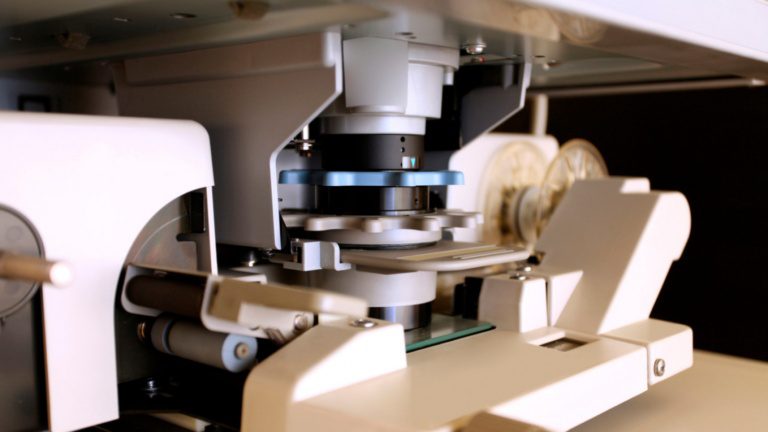According to historians at UCLA, microfilm was first used commercially in the 1920s and was used to preserve the information contained in newsprint and other documents that were difficult to store. It reduces images to such a small size, that on average it results in a 99% space savings compared to the original document.
Microfiche is similar to microfilm in that it results in a significant space savings, but the format is different – a card of images instead of a roll.
The advantages of both formats include space savings and a storage format that is more durable than the original document. Unfortunately both are subject to deterioration and damage, especially with environmental factors like humidity and temperature.
The American Libraries Magazine reports that years of data could be lost unless it is transferred to more durable digital formats, and many libraries, agencies, and companies have concerns about this loss and are scrambling to digitize records.
For example, the Seward Memorial Library of Nebraska notes that their collection of microfilm reels is important for research, but is time-consuming to search and the film is delicate. Mahoning County, Ohio, is converting all of its paper court document to digital files, eager to save space while preserving permanent records. The Picayune Item reports that the Margaret Reed Crosby Memorial Library in Mississippi worries about historic microfilm deteriorating due to high humidity.
Luckily, the wealth of information stored on these materials can be preserved by scanning into digital formats. The ST Viewscan III creates crisp and clear high-resolution images from microfilm, and is known as the “easiest system to use” according to Bruce Rennecker.
For more information on preserving the valuable data stored on microfilm and microfiche, contact us today!

